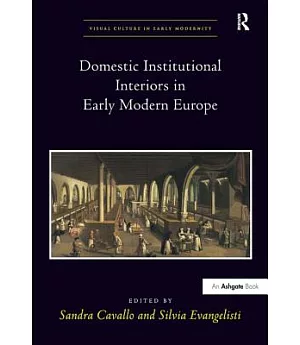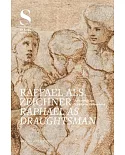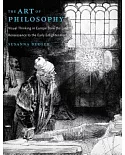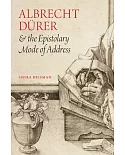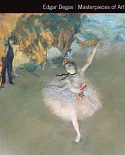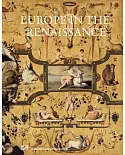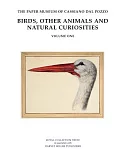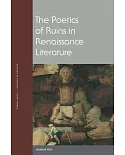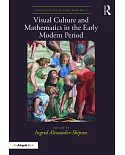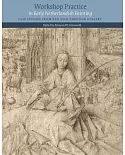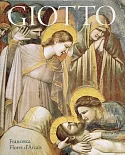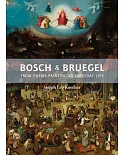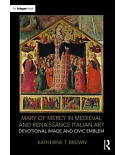Nine essays from a November 2004 conference in London explore the interior design of places besides private houses where people lived for long or short periods in early modern Europe, among
them monastic institutions, houses for the poor, hospitals, orphanages, and colleges. Art historians consider both spaces and objects from such perspectives as Renaissance graffiti in the Ducal
Palace of Urbino, the Oxford college as household 1580-1640, domestic spatial economies and Dutch charitable institutions in the late 16th and early 17th centuries, male and female objects at
the Portuguese courts 1480-1580, the reception of garland pictures in 17th-century Flanders and Italy, and the material possessions of Amsterdam orphans. Annotation 穢2010 Book News, Inc.,
Portland, OR (booknews.com)

